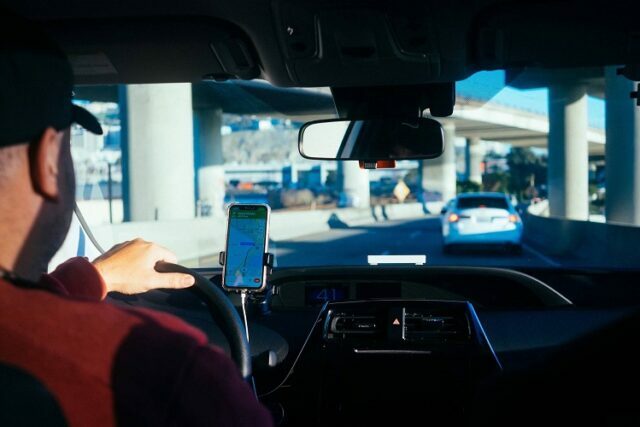If you’re looking for a way to get more riders and drivers on your app, you can learn from the ways Uber has made their business work. We’ll discuss pricing strategy, referral marketing, and marketing strategy. We’ll also discuss the business model. We’ll examine the company’s partnerships.
Table of Contents
Uber’s business model
The Uber business model is a complex ecosystem that involves the driver, the customer, and regulators. The company must gain the trust of the end-user by providing a secure, private, and reliable service. As such, it aims to build a critical mass of drivers to serve the needs of its customer base during peak traffic times and events. It is also looking to diversify its business away from the 5 major metropolitan areas into suburban and rural areas.
To succeed in this business model, Uber needs a strong team and a good market. However, even with the perfect team, it can go wrong. In general, a good market means great success, while a bad market is a recipe for disaster. This is why Uber chose to target the taxi industry, which wanted a service like Uber.
Uber’s marketing strategy
Uber’s marketing strategy is based on word-of-mouth advertising. It has been a major contributor to its success. In addition to attracting new customers, Uber also leverages the power of word-of-mouth marketing to build brand image and reputation. Word-of-mouth marketing is especially important for startups because satisfied customers are arguably the best brand advocates. This marketing strategy has helped Uber stand out from other companies in the sharing economy, such as Airbnb.
The company has embraced a unique marketing strategy to reach customers worldwide. While most of their competitors focus on the service itself, Uber has focused on the experience it can offer. This means that the company focuses on the convenience it can offer its users, the fact that it can save them time on communicating, and more. As a result, Uber has been able to generate massive amounts of buzz.
Can I sue Uber or Lyft after an accident? Yes, but only if you actually have a case.
Uber’s pricing strategy
Uber’s pricing strategy is based on dynamic pricing, a supply-demand curve. When demand exceeds supply, the algorithm raises prices. These situations are temporary and price levels return to normal. Without the price increase, demand would be high but supply would be lower. Thus, the pricing algorithm allows for more absolute rides and fewer unfulfilled rides.
In order to maximize profits, Uber must choose the right pricing strategies to meet its customers’ needs. For example, it may be able to charge more for a single ride, but this could turn off customers. It’s important to strike a balance between generating revenue and maintaining customer loyalty.
Uber’s referral marketing strategy
Uber’s referral program rewards drivers who refer others for their rides. The company offers a bonus of $30 per referral, which can be used to pay for rides. This helps to create a habit of using the app and referring new riders to the company. It also provides bonuses to drivers who sign up to refer other riders.
Uber’s referral marketing strategy focuses on providing great customer experiences. It starts with a simple invitation form and includes the ability to track the referrer’s progress. The referral engine is also connected to multiple marketing channels, and the referral code is simple and easy to remember. It avoids using ambiguous characters in the code to prevent confusion among new customers.
Uber’s product
To be successful, Uber needs to provide a high-quality product and service to its customers. This means it must have strict standards for its drivers and vehicles, as well as have customer-friendly policies. To attract customers, the company uses a number of marketing techniques and features. For instance, the app makes it easy for customers to find the nearest Uber. It also provides one-click payment and a real-time map of available routes.
Another marketing strategy that has worked for Uber is using word-of-mouth. Unlike other companies that use traditional marketing methods, Uber’s word-of-mouth took place online. It used social media to get people talking about the service and its benefits. The company knew that its product was high-quality and innovative, so it focused its marketing strategy around its ability to create a better commuting experience.















